When I first heard the term “toy minimalism” or the term minimalist toys, I instantly giggled like a kid who was just told there is cake in the next room. Even though I didn’t know much about the trend, the thought of getting rid of clutter was enough to get my ears to perk up.
Minimalism, in general, refers to living with less. In other words, getting rid of all the junk that you don’t use and only keeping things that really matter to you.
If you have ever found yourself saying, “We have so many toys, and our kids hardly even play with them,” then the thought of toy minimalism probably interests you.
The problem is, it is not always easy to simply jump into being a Toy Minimalist (I think I just made up that term). It is helpful to first educate yourself on the benefits of toy minimalism and then follow the simple 5-step method below to get started.

Benefits of Toy Minimalism
It is common to have some doubts and questions regarding getting rid of toy clutter, but there is a reason why kids with 100 toys love to play in old boxes. Kids are naturally drawn to toys that trigger their imagination.
In a recent study, researchers gave children either four toys OR sixteen toys. They noticed that the children who were given fewer toys played with them in more ways and for longer periods of time. Also, it was noted that the children with less toys played in more sophisticated and imaginative ways. Basically, less toys correlated with better quality play.
This study justifies why you may feel like you have many toys and your children do not seem to play with them. An overabundance of toys only leads distraction and inhibits imagination.
With less toys, your children will:
- Be more creative
- Learn lessons on sharing
- Develop greater attention spans
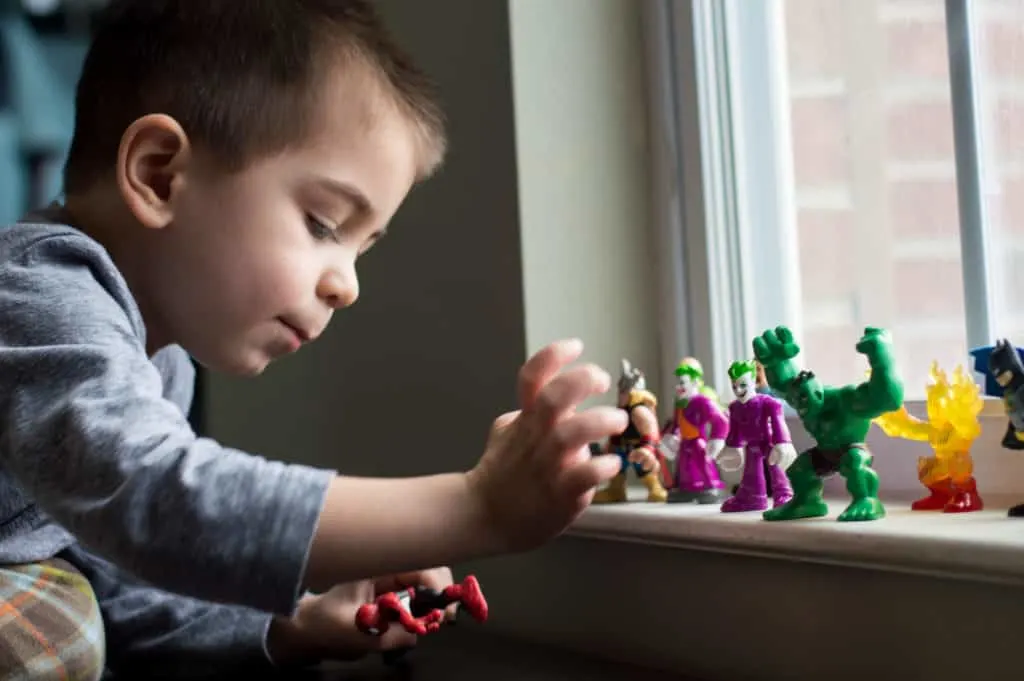
Of course, limiting toys also has many benefits to the parents. There is less clutter which leads to less stress.
More time can be spent interacting with your children instead of cleaning up their messes. Additionally, there will be less money spent on silly toys that get lost at the bottom of toy boxes.
Related: How to Connect with your Kids after you Lose your Temper
Getting Started With Minimalist Toy Plan
Getting rid of toys may seem like an intimidating and daunting task; however, if you follow this simple 5-step approach you can easily achieve toy minimalism.
Step One: The Intervention
Gather all of the toys you can into one room. This will open your eyes to the amount of junk (no offense, but we all have a lot of junk) you actually have and let you see any duplicate items that you may have throughout your home.
When I did this, I realized that we had 7 DIFFERENT TYPES of building block sets throughout my house. Typically, my overwhelmed children would dump several different types of blocks onto the floor then get up and walk away.
Looking for a cleaning checklist? Start here!
Step Two: Sorting Through
When you are sorting through the pile of toys, ask yourself the following questions:
- What are my kid’s current interests? Yes, my 8-year old used to be a dinosaur fanatic, but he is no longer interested in the 8,000 dinosaurs in his toy box.
- Are any of these toys sentimental? My mom kept my favorite childhood baby-doll, and now my daughter plays with it. Do you have any items that you would regret getting rid of?
- What is the maintenance involved in keeping this toy? At this time, puzzles are a no-no in my home. None of my children are interested in building puzzles; however, they all enjoy dumping them and throwing pieces haphazardly around the house.
- Is this toy replaceable? A family member once gave us about 500 Power Ranger hand-me-down toys. It turned out that my son was never interested in Power Rangers, yet I kept them for years just in case he ever did develop an interest. In reality, I could have just bought him Power Rangers if that day ever did come.
- Can it realistically be stored? We had a stuffed banana toy in our home once that was the size of a full-grown man. It took up the majority of my son’s closet.
- Does the toy lead to creative play? A lot of modern toys make silly sounds, light up, and move; however, my kids never know what to do with these sorts of toys and they sit in a toy box.
Step Three: Get it Out of the House
The way you decide to get rid of the toys depends on you and your families views and needs. My son loves to donate his toys to other children, so we include him in the toy sorting.
My daughter, on the other hand, has a fit when I throw away a sticker, so I do the toy sorting when she is not in the house.
It is normal to have a pile of toys in an ‘unsure’ pile. Items that you aren’t quite ready to part with, yet they don’t really interest the children anymore. Keep these questionable toys in a bin that you store away in the garage or a closet.
This can reduce your anxiety during the process.
Learn the proven benefits of “boredom” in kids.
Step Four: Optimize Toy Storage
I used to have deep toy boxes filled with a wide variety of toys that never saw the light of day. Making simple tweaks to the way you store your toys can greatly increase the usage of the toys you decide to keep.
Consider storing related items together. This will help you stay organized and direct your child’s play.
Also, buy small, open-faced storage bins that your children can have easy access to, such as these options below:

Step Five: Future Gifts
Studies, like this one, have shown that experience gifts lead to more happiness in life than materialistic gifts.
For birthdays and holidays, consider non-toys gifts, which will ignite their creativity and keep them busy for hours. Click here for 6 fun and simple non-toy gift ideas.
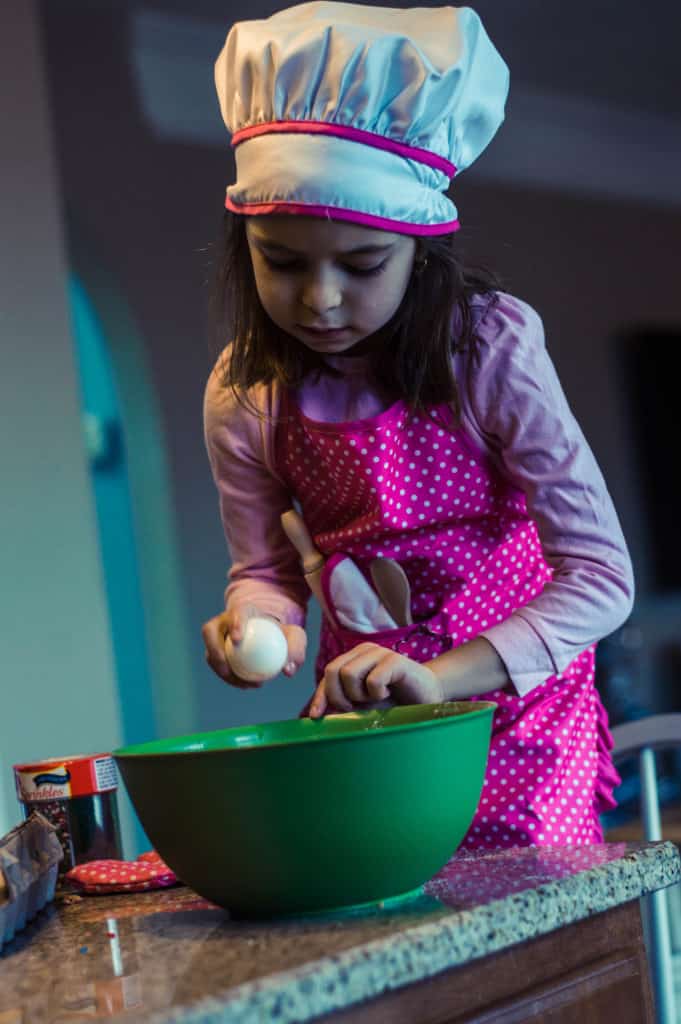
Of course you will still want to buy some toy items for your children. When you are purchasing toy items for your children, simply ask yourself if it is something they will actually play with.
Final Thoughts on Minimalist Toys
The goal of toy minimalism is to provide better quality play for your children, and less unnecessary clutter for you. Don’t confuse limiting toys with creating a boarding-school-like atmosphere in your home.
The key to this step is to remember that moderation will lead to realistic results. Your goal is not have a home that looks like it is inhabited by two retired empty-nesters. You should strive for a middle-ground where your home looks like a fun place for children, but not like a toy store vomited in your living room.
Here is an example of one of our updated rooms. When you look at the top picture, it becomes apparent why my children were overwhelmed and unfocused in the room (and why I despised sitting in it). After following the 5-step process above, you can see that the room is much more organized while still keeping the toys that my children are interested in.
Related: Mindfulness activities for kids

If you are ready to take the step into less clutter and happier kids, print this reminder below. Also, you can subscribe for access to all of the Simply Snapping Mom Freebies!

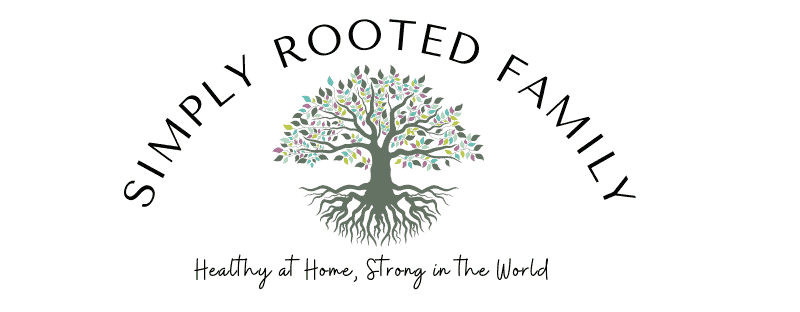
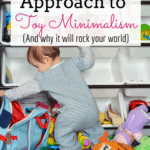
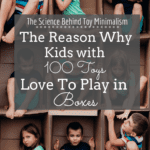
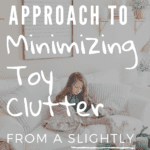
Free Printable Cleaning Checklist for the Busy Mom Who Hates Cleaning - Simply Rooted Family
Wednesday 2nd of February 2022
[…] You may also like: Easy Method for Eliminating Toy Clutter […]
Brilliant Non-Toy Gifts for Kids Who Have Too Much Stuff - Simply Rooted Family
Tuesday 16th of November 2021
[…] all about Benefits of Toy Minimalism […]
Sensory Overload is a Growing Problem for Parents. Luckily, it is Manageable. -
Wednesday 26th of August 2020
[…] Related: How I Eliminated Toy Clutter, and the Impact it had on my Kids […]
The Pursuit of Reviving Playtime -
Tuesday 4th of February 2020
[…] For a simple step approach to minimize toy clutter, read this. […]
10 Simple Ways to Simplify Your Not-so-simple Life -
Tuesday 17th of December 2019
[…] Do you know why kids with 100 toys like to play in boxes? If you have too many things, then you are distracted, overwhelmed, and stressed. It’s true, read all the studies here. […]